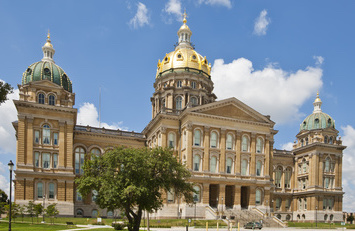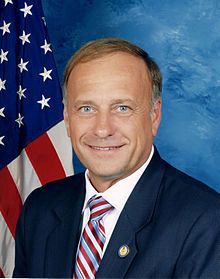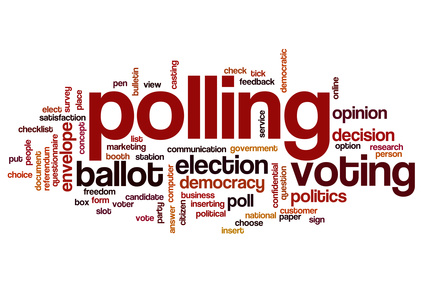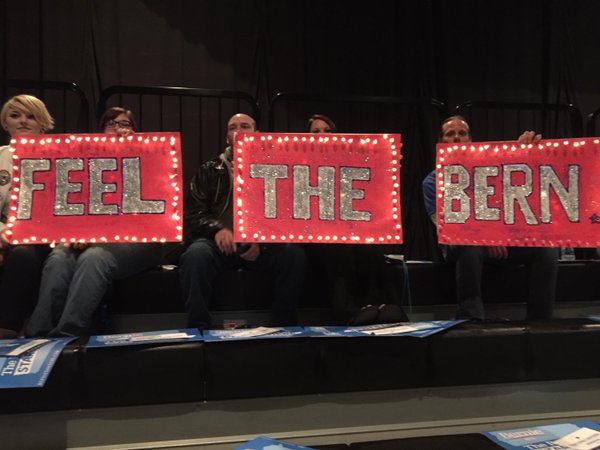What’s on your mind this Halloween weekend, Bleeding Heartland readers? Share any holiday stories or comments on any topic in this thread.
Two unusual Halloween customs are noteworthy in the Des Moines area: first, “Beggar’s Night” happens on the evening of October 30; second, trick-or-treaters are expected to tell a joke to receive candy. My unscientific observations based on jokes I heard in our neighborhood and at our children’s school “trunk or treat” earlier in the month: classics such as “knock knock” jokes and variants on “Why did the chicken cross the road?” never go out of style. Monster jokes are also popular. (What’s a ghost’s favorite fruit? Boo-berry. What’s a zombie’s least favorite room in the house? The living room. What’s a vampire’s least favorite room in the house? The sun room.) But aside from my kids, no one tells elephant jokes anymore.
As for Halloween costumes, I still see lots of ghosts, witches, skeletons, and vampires. Zombies are more popular than they were during my years as a trick-or-treater. Superheroes are a staple, but I saw fewer Star Wars-themed costumes this year than in the recent past. Many more children wore Hogwarts robes and carried wands. Compared to my childhood, fewer kids dress up as something generic; I saw some firefighters but only one police officer, one pirate, one professional baseball player, and no cowboys or football players. Princess outfits remain popular with girls, and I was surprised to see four or five Dorothys from the Wizard of Oz at the school event.
The coolest family I saw this year featured an Andre the Giant dad with his much-shorter sons dressed as Wesley and Inigo Montoya from The Princess Bride. The dad told me his daughter was Buttercup last year but wanted to wear something different this time.
Apparently someone in Iowa City was handing out packs of candy cigarettes to trick-or-treaters. I didn’t even know they made those anymore.
I love obsolete political bumper stickers and saw a fantastic one while out with my son on Friday night: Re-Defeat Bush 2004. Wish I’d had my camera with me.
Final note: Jeb Bush supporters must have been terrified to learn new details this week about the state of his campaign in Iowa. U.S. News and World Report posted a leaked internal document from the Bush campaign on Thursday. The idea behind the presentation was to calm skittish donors, but the numbers tell a horror story. Pat Rynard flagged the “terrible internal Iowa numbers” at Iowa Starting Line. Most shocking to me: zero doors knocked for Bush so far here. How is that possible? All of the major Democratic campaigns started canvassing in the late spring or early summer. The same was true before the 2008 caucuses. A Bush campaign official put a positive spin on the numbers, telling Trip Gabriel of the New York Times that even if Bush has only 1,260 identified supporters in Iowa, “I’m also confident we have more IDs than anybody else in the establishment lane.” I’ve got news for that person: some of those IDs will change their minds before caucus night, especially if they see another “establishment” contender in (such as Marco Rubio) looking more viable than Bush.
Continue Reading...




